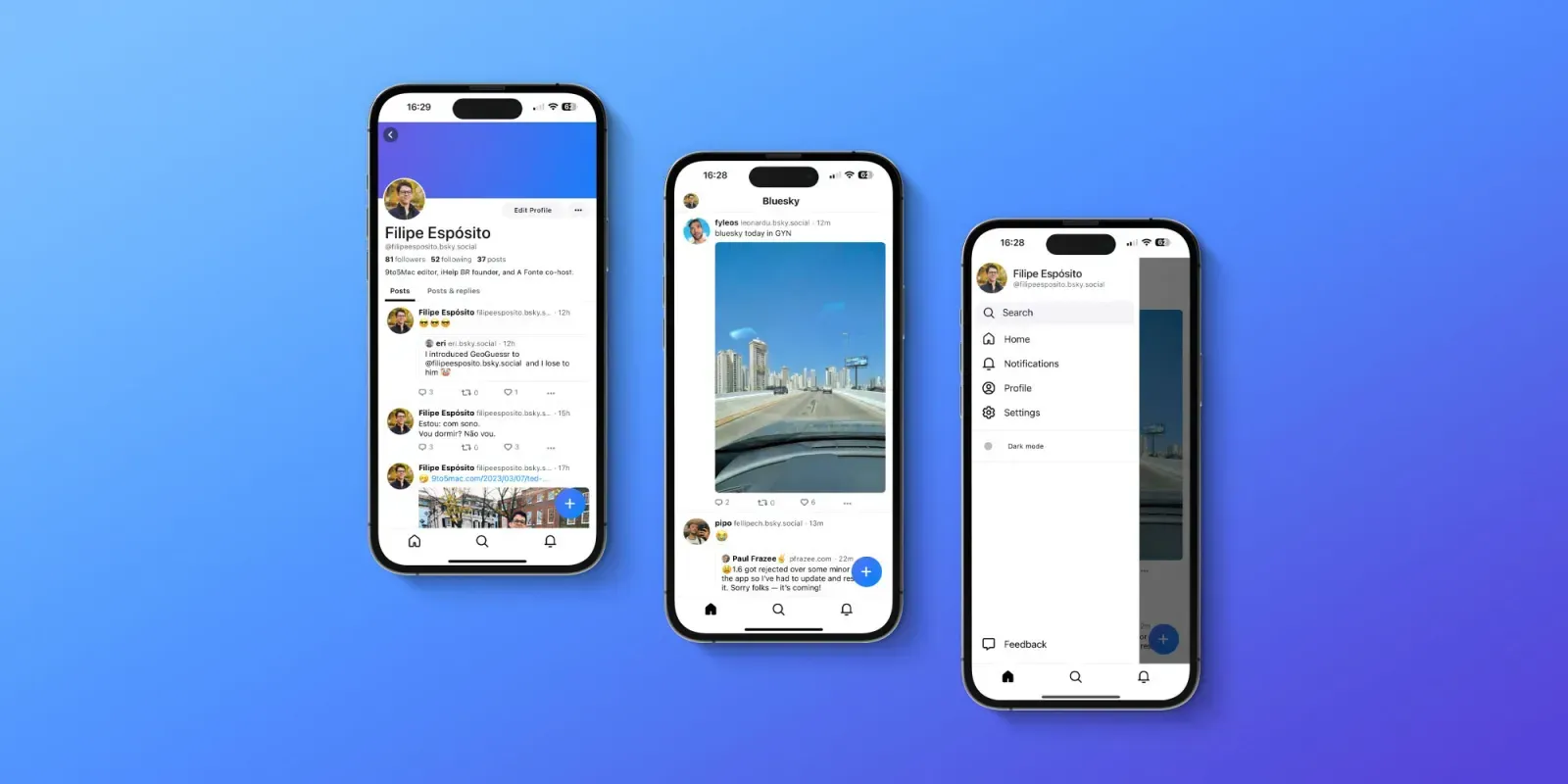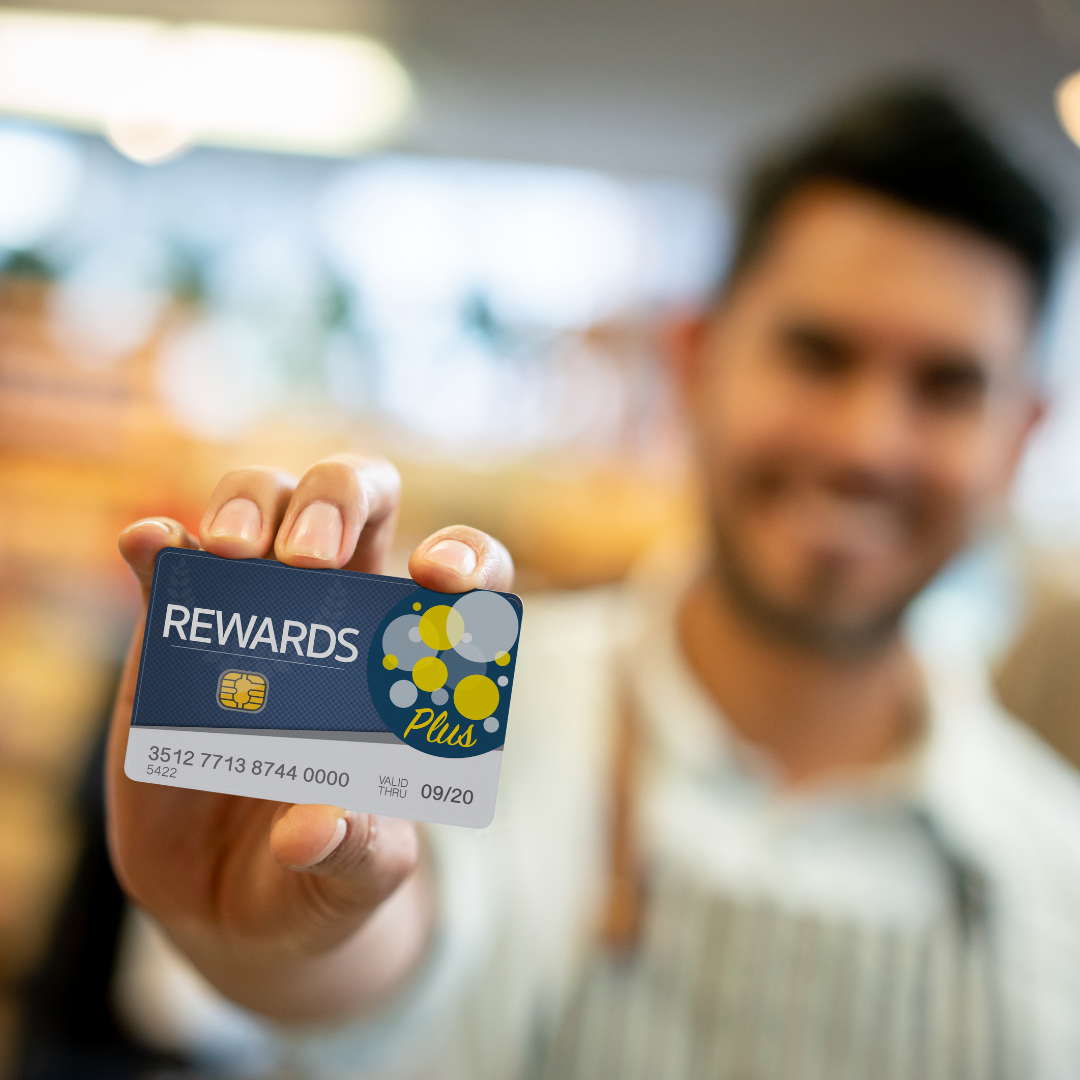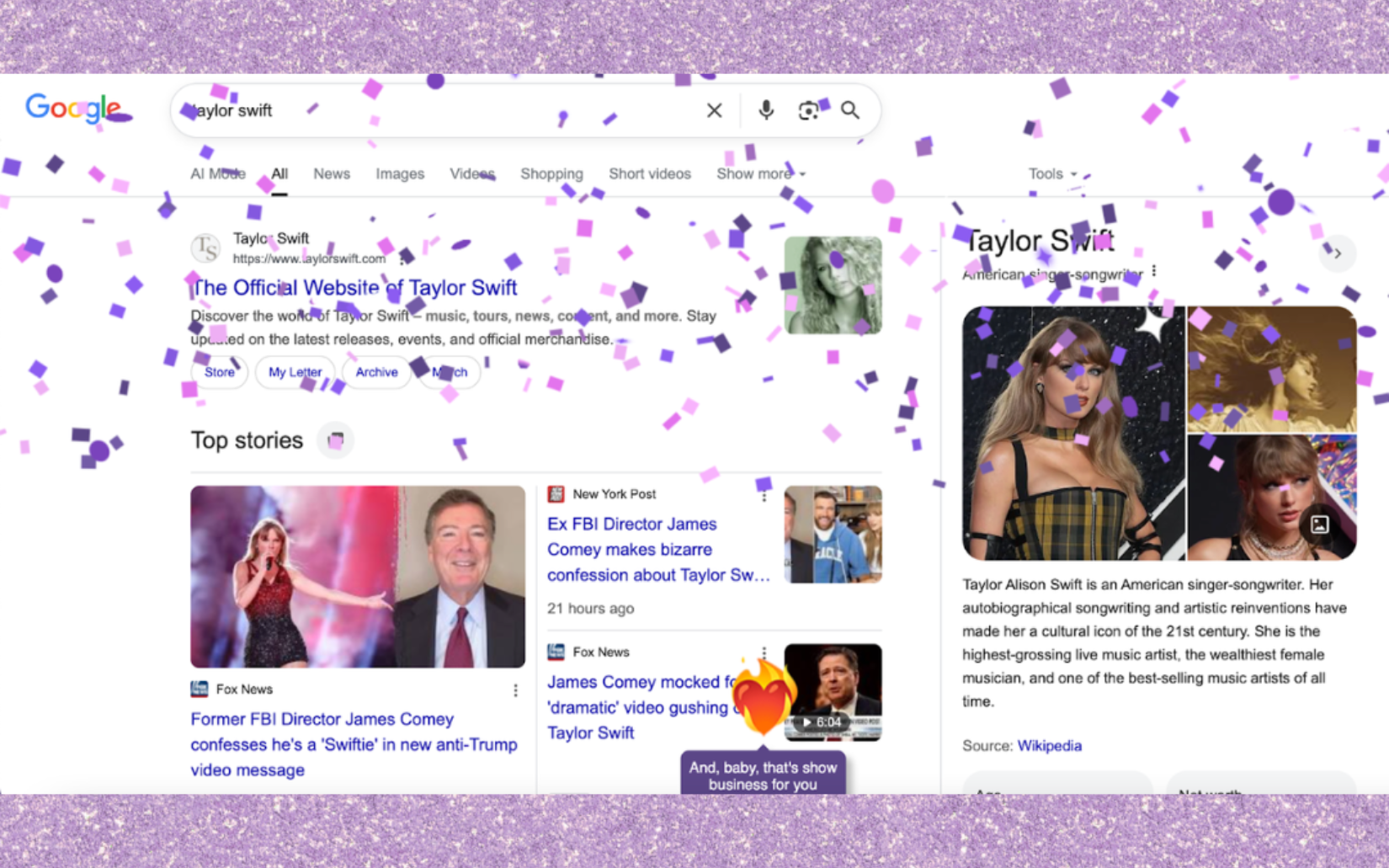Bluesky: The Future of Decentralized Social Media
As the digital landscape continues to evolve at a rapid pace, there's a new trend that's been making quite a splash - the rise of decentralized social media platforms. The most notable among these is Bluesky, a platform that was announced in 2019 by Twitter co-founder, Jack Dorsey. Initially operating as an invite-only application, Bluesky officially opened its doors to the public. Join us as we delve deeper into this new app, exploring the potential of decentralized social media platforms and how networks like Bluesky are changing the way we interact online.
What is Bluesky?
Bluesky is a unique social media platform that emphasizes decentralization and open-source operations. Unlike traditional platforms that use black box algorithms, Bluesky operates transparently, allowing external entities to see what's being built and how. Black box algorithms, like the one Instagram notably uses, are systems whose inner workings are concealed from users. These algorithms, which determine the content, order, and frequency of user feeds, have stirred controversy due to their inherent secrecy and lack of transparency. Bluesky also provides developers with the unique opportunity to construct their own code using the AT Protocol as a base. This allows for endless possibilities, from developing personalized algorithms to initiating entirely new social media platforms.
Federated protocols, such as
Bluesky's AT Protocol, are systems that allow for decentralized social networking. They enable users to host their own data and accounts by running their own servers, thus fostering a sense of ownership and control over personal information. These
protocols integrate ideas from the latest advancements in decentralized technology, allowing for seamless connections with anyone on any service using the same protocol. They are designed to transition the social web from
platforms to protocols, promoting a more open and less monopolized internet.

Source: 9to5Mac
Future of Decentralized Platforms
The landscape of social media is evolving, with platforms like Mastodon and Bluesky at the forefront of this change. One of the key shifts is the movement towards decentralization, with many users seeking alternatives after Elon Musk's takeover of Twitter, now known as X.
Mastodon is
planning an update that will allow individuals or organizations to establish their own content moderation services, to which other users can subscribe. For instance, a fact-checking organization could run a labeling service and categorize posts as 'partially false,' 'misleading,' or other designations. Users who trust this organization can then subscribe to their labels, making these labels visible on the relevant posts as they browse the app.
One main challenge facing decentralized platforms is content moderation. Mastodon servers, for example, host the far-right network "Gab". While decentralization prevents company-wide action, individual servers retain the power to block certain members, highlighting the complex balance between user freedom and content regulation in these digital spaces.
While decentralized platforms promise greater user empowerment and privacy, effectively addressing issues like content moderation is crucial to ensure these digital spaces are safe and inclusive.
Staying on the pulse of evolving trends is our forte at SparkShoppe. Contact us today and discover how our seasoned marketing professionals can empower your business to stay at the forefront of innovation!


























